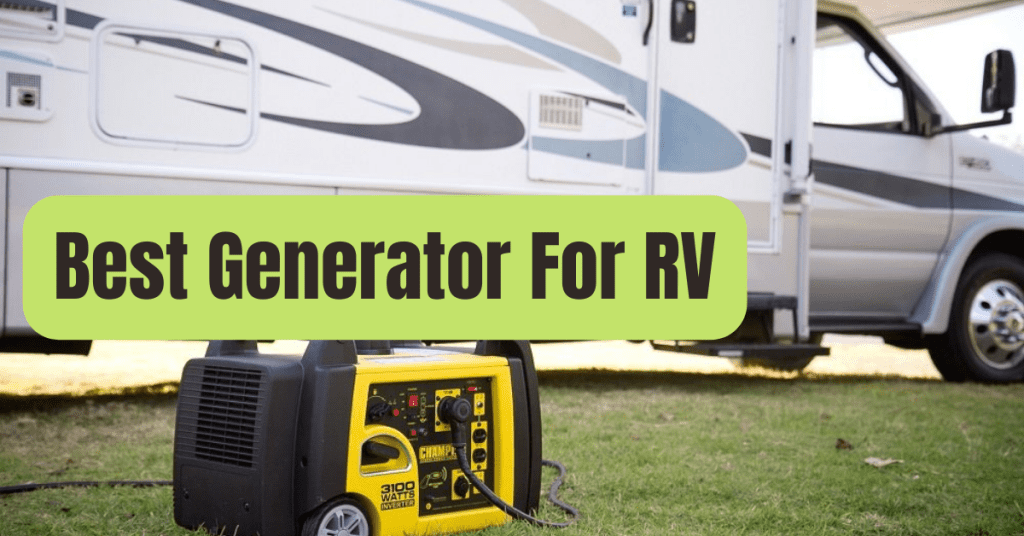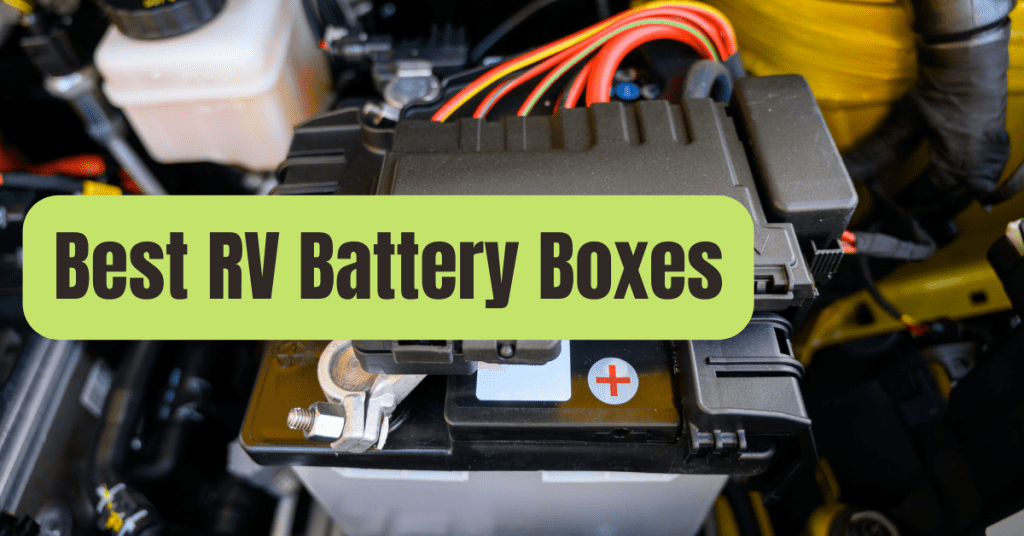The 12-volt electrical system that significantly improves your comfort when RVing depends on the RV power converter.
When your RV is not plugged in, a 12-volt battery bank powers the 12-volt system, providing electricity wherever you are.
You need a mechanism to charge the battery while it is storing energy, which is where the power converter enters the picture.
Let’s find out more about RV power converters and how they might improve your camping experience.
What Purpose Serves a Power Converter?
Your RV’s electrical system may convert 120-volt AC electricity to 12-volt DC power by installing an RV power converter.
Your RV’s 12-volt battery bank, which often powers fans, vents, and lights, may be charged using this technique.
You need a converter to charge your battery bank whether you’re using a generator or shore power to power your RV.

When plugged in, the converter powers all of the RV’s DC requirements in addition to charging the batteries.
From 120V to 12V, it “converts.”
What Distinguishes an RV Inverter from a Converter?
A converter for RVs transforms 120-volt AC electricity into 12-volt DC power for your RV.
On the other hand, an inverter will convert 12-volt DC electricity into 120-volt AC power.
An inverter is not usually fitted in RVs, despite the fact that a converter is a very common piece of equipment.

You may utilize your batteries to power 110-volt electrical outlets using an RV inverter.
Now you can watch TV and use other devices that need 110 volts of electricity.
A bigger inverter is required if you want to use appliances like coffee makers, microwaves, and hair dryers.
It might be difficult to understand the difference between an RV converter and inverter.
It’s even more perplexing since many people mistakenly or interchangeably use the phrases on social media.
An Inverter Charger Is What?
Units with inverter chargers combine converters and inverters into a single device.
In essence, these units can transmit electricity both to and from batteries.
Both 120 and 12 may be converted by them.
These are excellent all-in-one options for anyone who want an inverter for their RV in addition to improved charging capabilities.

What Does The RV Converter Look Like And Where Is It Located?
RV converters may be found everywhere, however they often are close to the batteries.
The primary wires coming from the batteries will nonetheless always be linked to them.
They may be standalone boxes sometimes or part of a fuse panel or breaker box other times.
They are often visible anywhere within the RV’s main living area when incorporated into the fuse panel.


For My RV, What Size Power Converter Do I Need?
The highest DC amperage that RV converters can produce is listed as their rating.
A 45 amp converter has a 45 amp output at 12 volts, or 4512 = 540 watts.
The maximum AC draw would be 540W/120 = 4.5 amps, however this is the DC amperage.
Depending on the loads used, the converter’s amperage consumption will change.
The load increases when there are more lights and appliances on.
Additional power will be extracted from the battery if the converter’s output is exceeded.
Knowing how you utilize your RV’s electrical system can help you choose the right size converter.
Bigger RVs often need larger converters because to their greater DC demands from more lights and appliances.
Take note of each device’s amperage rating as you examine all the circuitry.
This enables you to plan which tasks you’ll be executing concurrently.
The amount of amps you’ll be using from your RV power converter determines its size.
Additionally, you must size your converter for your battery bank.
Larger battery banks have a higher charging current capacity than smaller ones.
A 100Ah battery will need 1oA to charge since lead acid batteries charge at a rate of about.1C.
You may charge at 40A if you have a 400Ah battery.
However, lithium batteries can often be charged at a.5C pace.
Thus, a single 100Ah battery is capable of 5oA charging! Because of this, charging lithium batteries more quickly requires the use of bigger converters.
When Is an RV Power Converter Necessary?
Even if you want to travel with your RV always linked to shore power, a converter must be installed.
The 12-volt system in your RV powers the lights, jacks, and fans.
The converter that converts 120-volt shore power to 12 volts supplies the 12-volt battery bank with its charge.

Even when connected to shore power, your RV’s battery bank will run out of power without a converter.
A defective converter may be to blame if you discover that your RV’s 12-volt system is giving you problems.
Fortunately, changing out your converter is not that difficult.
How Much Does a Replacement RV Power Converter Cost?
The price varies widely.
The price increases with the amperage.
Know your needed amperage if you’re an RVer wanting to replace your power converter.
When buying an RV power converter, be cautious of your amperage.
You’ll spend twice as much if you choose the incorrect converter.
If you paid for installation, you probably would have to pay again for another install.
Can An RV Converter Be Operated Without A Battery?
Although it is not a good idea in reality, you can in theory.
In order to adjust their voltage, converters often need a battery in the system.
Because of voltage spikes, several consumers have reported disconnecting their batteries and damaging LED lighting or appliances.
In general, you shouldn’t drive the RV without a battery in the system since the converter will determine whether it can manage the loads without the battery.
Upgrades To The Stock Power Converter Are They Worthwhile?
The factory-installed power converters in RVs will work, however they can be a simple type.
You may increase the lifespan of your batteries by switching from the original power converter to a smart converter.
Long-term cost savings from prolonging the life of your batteries are conceivable since replacing them may be a considerable expenditure.

Your batteries may be charged more quickly with an enhanced stock power converter.
When you go off-grid camping, charging more quickly means using your generator less.
Your great boondocking trip shouldn’t be ruined by a buzzing generator.
The electrical system in an RV could seem frightening.
However, knowing what makes up it might help you steer clear of problems.
Your RVing experience will be much enhanced if your converter is working.
Have you updated or improved the power converter in your RV?










